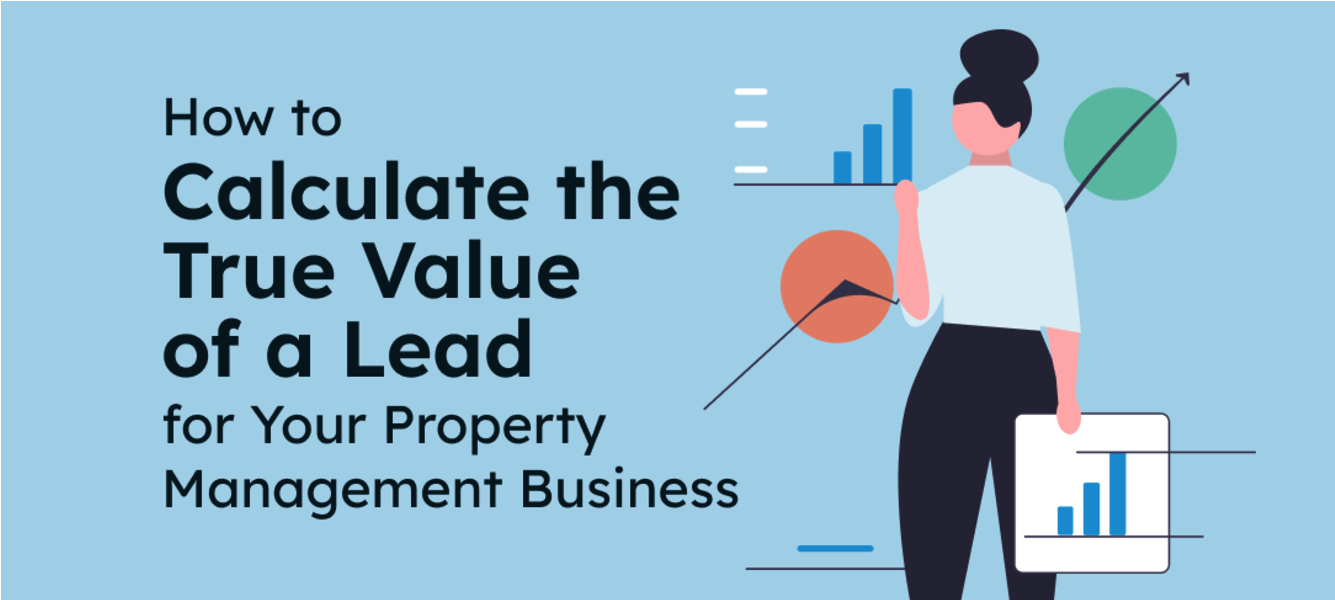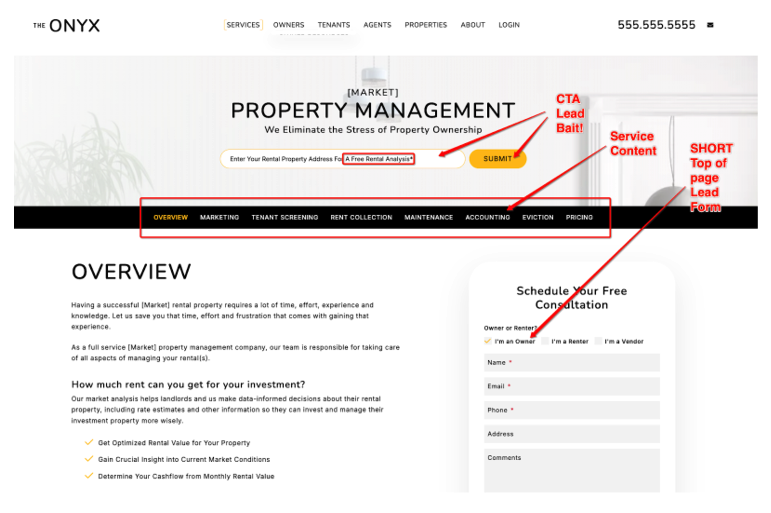Lead generation is the backbone of any successful property management business. Without a steady influx of potential owner/investor clients, a property management company cannot grow its portfolio or boost its revenue. Knowing what each lead is worth allows you to budget effectively, measure your marketing success, and optimize your strategies to ensure a sustainable and profitable operation.
Let us explore the different types of lead sources ranging from buying units to pay-per-click (PPC) ads, referrals, and organic website traffic. We’ll delve into key metrics like customer acquisition cost (CAC) and lifetime value (LTV) to show how they influence your marketing budget. Finally, we’ll highlight the difference between Search Engine Optimization (SEO) and Search Engine Marketing (SEM or PPC), and why on-page conversion rate optimization is so crucial to turning visitors into long-term clients.
Types of Lead Sources for Property Management
Acquiring Units from Other Companies (“Buying Units”)
One way to expand your business is by acquiring an existing portfolio from another property management company. This approach can give you immediate, large-scale growth. However, it comes with substantial upfront costs and potential challenges such as integrating new staff, transitioning existing leases, and ensuring consistent service standards. Unit acquisition costs can be as high as $2,000 to $4,000 per unit and while that may work out over the lifetime of the customer, there is always attrition during this process. When you buy a unit you must remember that these Owners did not choose your company and may start hunting for a different management company. Always calculate this into your expected costs.
Pay-Per-Click (PPC) or Paid Ads
PPC or paid advertising allows you to appear in search results quickly by bidding on specific keywords. When someone clicks on your ad, you pay a fee. This method provides immediate visibility, especially for highly competitive keywords like “property management services in [City].” But it can also be expensive if you don’t monitor and optimize your campaigns. Testing various ad copies, targeting, and landing pages is crucial for maximizing your return on investment (ROI).
Referrals
Referrals often lead to the highest-quality leads because they come with a built-in trust factor. When a satisfied property owner or a real estate agent recommends your services, the referred lead is already primed to believe you are reputable and effective. Encourage referrals by offering incentives, maintaining strong client relationships, and delivering excellent customer service that people can’t help but talk about. Are your current clients happy enough with your services to recommend you to family and friends?
Organic Website Leads
Organic leads arrive at your site through free, or “organic,” search engine results. While building a strong organic presence can take time—due to content creation, backlinks, and good SEO practices—it’s a sustainable way to generate a steady flow of leads. Once you’ve built a robust organic presence, each additional visitor doesn’t cost you anything extra.
Knowing Your Numbers: Key Metrics
To make intelligent marketing decisions, you need to track the right metrics. Here are a few essentials:
- Lead Volume: How many leads are you generating each month or quarter? Understanding volume will help you anticipate growth and business requirements (e.g., how many new property managers you might need).
- Conversion Rate: Out of all the visitors or leads, how many become paying customers? This is a critical metric to measure the effectiveness of your website, landing pages, and follow-up process.
- Cost per Lead (CPL): This is your total marketing spend divided by the number of leads you acquire within a specific period. If you spend $1,000 and get 10 leads, your CPL is $100. Tracking this helps you understand which marketing channels give you the best return.
- Customer Acquisition Cost (CAC): CAC goes a step further than CPL by focusing on paying clients. If out of those 10 leads, you convert 2 into paying customers, then your CAC is $500 per customer ($1,000 divided by 2).
- Lifetime of a Customer: How long does an average customer stay with your company
- Units per Customer: On average how many units does each customer have? (total units/total owners)
Calculating the Lifetime Value of a Customer (LTV)
All of these numbers above are used to help calculate Lifetime Value (LTV) is the total revenue a single customer can generate over the duration of their relationship with your company. In property management, a client’s LTV can be substantial, especially if they own multiple units or remain a customer for many years.
- Average Monthly/Annual Fees: Calculate the fees you collect from one client for managing a property. For instance, if you charge $100 per month per unit, that’s $1,200 per year for one unit.
- Length of Engagement: How long does a typical client stay with you? The longer the relationship, the higher the LTV.
- Multiple Properties: If one client owns multiple units, your LTV calculation should reflect the cumulative income from all those units.
- Additional One time fees, leasing fees, benefit packages, etc.
Once you know your LTV, you can determine how much you’re willing to spend on marketing. If you can make $30,000 from a client over four years, it might be worth spending $1,000–$2,000 to acquire that client initially.
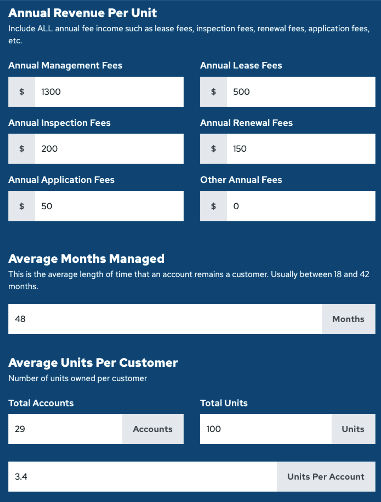
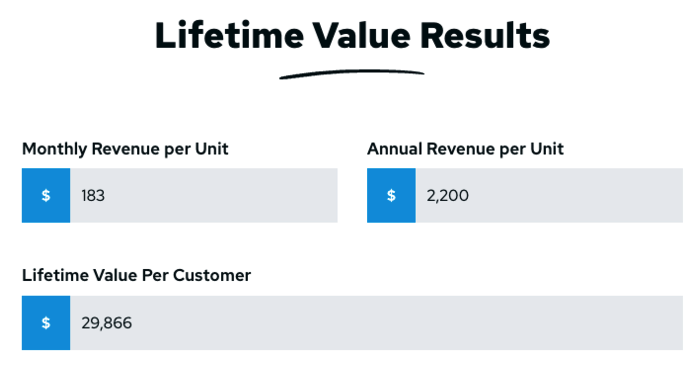
Establishing Your Acquisition Budget
Your customer acquisition budget should align with the Lifetime Value (LTV) of your clients. If your average LTV is $30,000, and you want to maintain a 4:1 ratio of LTV to CAC, you might budget $7,500 for every new paying customer. You can then break that amount down across various channels—such as PPC, SEO, referrals, and content marketing—based on which ones deliver the best performance and ROI.
It’s also essential to remember that while PPC can bring immediate results, organic methods like SEO have a compounding effect over time. Striking a balance between these channels ensures both short-term gains and long-term stability for your property management business.
What Is a Search Engine and Why It Matters
A search engine, like Google, Bing, or Yahoo, is a platform where users type in queries to find information. It is important to remember that these search engines are simply computer programs, and while they are getting smarter each year, they are still not able to make cognitive leaps in understanding like the human brain. In the context of property management, people use these platforms to look for solutions to their specific needs—perhaps how to find a reputable property manager or how to increase rental income. Searches can be informational (how-to content usually blogs are best), branded or transactional (generate leads).
How do I show up in search results?
The search engine spiders are truly just scraping tools that collect data from websites on the internet that are in their database. They store your content, code, images etc in what is called their index. Searches performed by users are put through that search engine’s algorithm, assumptions are made on user intent, and results are returned from this index. The trick is showing in the index for the correct terms at the time of search. This requires a deep understanding of your ideal client and their needs.

Why Ranking Matters
When you rank well on a search engine results page (SERP), more people see your website. This higher visibility can drastically increase your organic traffic, meaning free visitors to your site who are genuinely interested in your services. In a highly competitive market, visibility in search engines can be the difference between a thriving property management business and one that struggles to fill vacancies or attract owners.
Understanding the Landscape of Search
There are several different ways to show in search results and each of those search features display different content in specific ways. First will always be Ads or PPC (pay per click) results, even search engines have to make money. To the right, if relevant, a knowledge panel card will show. This can include a business listing or information about a relevant topic. Below PPC will be additional search features such as the ai answer boxes. We call this “Position 0”. Organic results will be below that and also any additional search features such as people also asked question boxes, videos and social results.
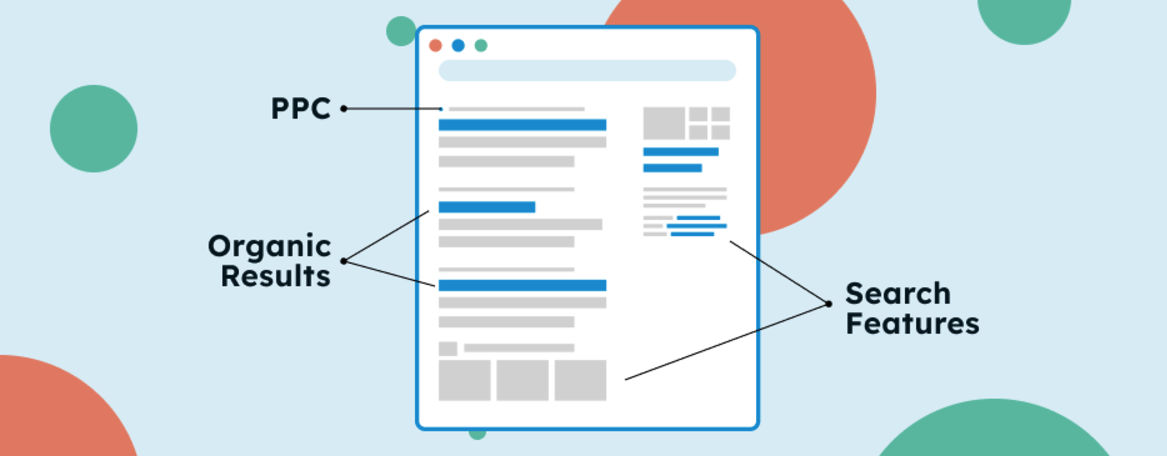
SEO vs. SEM: Which Strategy Is Right for You?
SEO (Search Engine Optimization)
Pros: Once you build authority and rank high in search results, you can generate consistent leads at no additional cost per click. SEO also tends to attract higher-intent users, leading to better conversion rates over time.
Cons: Requires patience and consistent effort—results often take months before you see a significant impact.
SEM (Search Engine Marketing or PPC)
Pros: Immediate visibility at the top of search results, highly targeted ads, and greater control over your messaging and audience.
Cons: Ongoing costs can be high, and once you stop paying for clicks, your ads disappear—unlike organic search.
Most property management companies benefit from using both strategies: PPC for quick, targeted lead generation and SEO for long-term, cost-effective traffic.
How SEO Grows Your Lead Volume Over Time
Unlike paid channels where visibility ends once your budget does, SEO is an investment in your long-term visibility. As your website climbs the search rankings—through quality content, relevant keywords, and strong backlinks—you’ll start attracting a steady stream of organic visitors who are specifically looking for your services. Over time, this foundation of SEO-driven traffic can expand significantly, leading to a consistent increase in lead volume without the ongoing costs associated with pay-per-click or other paid methods.
Actual Client Data:
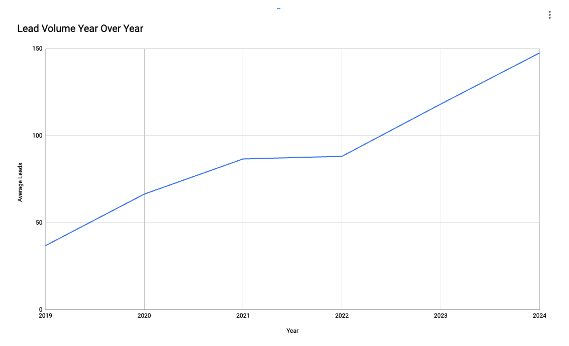
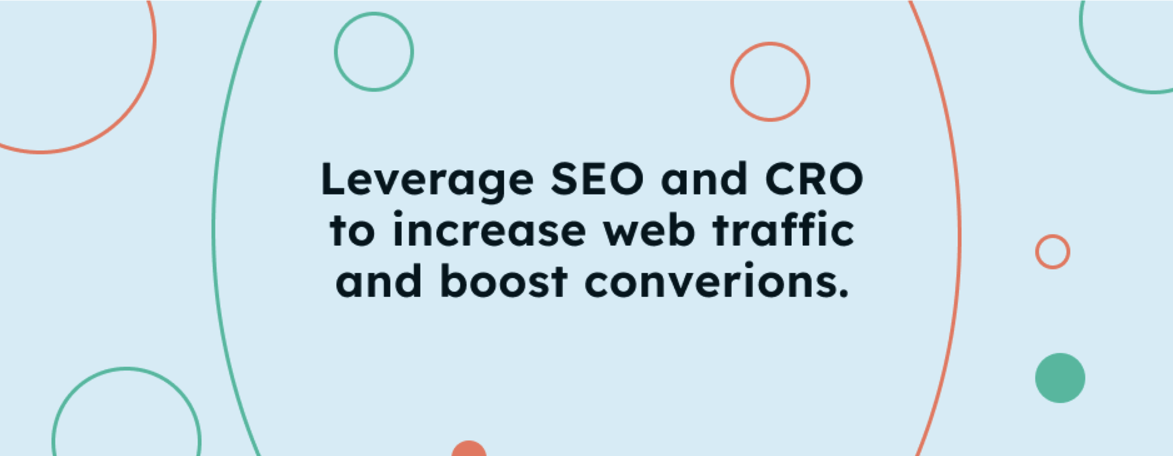
The Importance of On-Page Conversion Rate Optimization (CRO)
Driving traffic to your website—be it from organic searches or paid ads—is only half the battle. Once visitors land on your site, you need to guide them toward taking an action, such as filling out a contact form, calling your office, or requesting a quote.
- Clear Calls to Action (CTAs): Make it obvious what you want your visitors to do. Use language like “Get a Free Quote” or “Schedule a Consultation.”
- Mobile-Friendly Design: A significant portion of traffic now comes from mobile devices. Ensure your site loads quickly and displays correctly on smartphones and tablets.
- Fast Loading Pages: Slow pages lead to higher bounce rates. Optimize images and code to improve load times.
- User-Friendly Navigation: Keep it simple. If a visitor can’t find what they’re looking for quickly, they’ll leave.
- A small percentage increase in conversion rates—from, say, 3% to 5%—can translate into a significant jump in leads and revenue over time.
How do you dominate your market?
In today’s competitive landscape, merely having a presence isn’t enough—you need to stand out and capture a dominant share of attention. The most successful property management companies deploy a comprehensive strategy that covers multiple marketing channels and tactics. Here’s what it takes to truly “do it all” and rise above your competitors:
Great Converting Website
Your website is often the first impression potential clients have of your business. Invest in intuitive design, clear navigation, fast load times, and compelling calls to action to turn casual browsers into active leads.
Local SEO
Appearing at the top of local search results (e.g., “property management in [City Name]”) can drive significant traffic. Optimize your Google Business Profile, include location-based keywords on your site, and encourage customers to leave reviews to boost local visibility.
Social Media
Platforms like Facebook, Instagram, and LinkedIn can help you engage with property owners, tenants, and industry peers. Share updates, success stories, and helpful tips to establish authority and nurture relationships.
PPC (Google, Bing, Facebook, LinkedIn, YouTube)
Pay-per-click advertising allows you to target specific keywords, interests, and demographics. It’s a quick way to gain visibility and drive immediate leads—especially when launching new services or entering new markets.
Content
Consistently publishing blogs, articles, and thought leadership pieces showcases your expertise and improves organic search rankings. Address common pain points (like rent increases, tenant screening, or maintenance tips) to attract and retain the right audience.
Reviews
Positive testimonials and case studies build trust. Encourage satisfied clients to leave reviews on Google, Yelp, and industry-specific platforms. Prospective customers often rely on social proof when choosing a property management partner.
Video
From property tours to Q&A sessions, video content is highly engaging and shareable. Platforms like YouTube also serve as powerful search engines. By creating informative, visually appealing videos, you can reach new audiences and reinforce your credibility.
When these elements work together, the compound effect propels your brand to the forefront of your market. Whether you’re focusing on increasing organic traffic, harnessing the power of local SEO, or leveraging social proof through reviews, a multi-pronged strategy ensures you cover all the bases—putting you in the best possible position to dominate your local property management market.
Not all Leads are Created Equal
In property management (and nearly every business), casting a wide net can generate volume—but not necessarily quality. Instead of treating every lead the same, focus on attracting and converting those who align with your specific goals. That’s where two powerful frameworks come in: ICP (Ideal Customer Profile) and IPP (Ideal Property Profile).
Your ICP (Ideal Customer Profile)
Your Ideal Customer Profile defines the absolute perfect-fit prospect for your property management business. They embody the core demographics, behaviors, values, and goals that make them inherently predisposed to love your brand and benefit from your services.
- Demographics: Age range, location, income, etc.
- Behaviors & Values: Do they prioritize digital solutions? Are they hands-on or hands-off?
- Pain Points: What property management challenges are they facing? What solutions do they need?
- Goals & Aspirations: Are they looking for reliable passive income, efficient trust accounting, or streamlined tenant experiences?
By zeroing in on your ICP, you can develop focused marketing messages, website content, and offers that resonate deeply with the right audience—ultimately increasing the quality (and conversion rates) of lead
Strategies to Improve Close Rates
Generating leads is one thing; closing them is another. Here are a few strategies to help you nurture and convert your leads into paying customers:
Personalized Outreach
Automate your follow-up but keep it personal. Use a CRM system that triggers emails or text messages with relevant information. Address prospects by name, and highlight services that match their pain points.
Nurture Campaigns
Not every lead is ready to sign on the dotted line immediately. Send periodic emails or newsletters with valuable insights: market trends, tips for property owners, or success stories. Over time, this builds trust and positions you as an industry expert.
Tracking and Analytics
Make use of tools like Google Analytics to understand where your leads come from and how they behave on your site. Connect a CRM or property management software to track how leads progress through your sales funnel.
Test, Measure, Optimize
Continuously A/B test your landing pages, ad copy, email campaigns, and CTAs. Little tweaks—like changing the color of a button or the wording of a headline—can lead to noticeable improvements in your conversion rates.
Putting It All Together: A Mini Case Example
Imagine you run a property management company that charges $250 per month per unit, and your average customer stays with you for five years. That’s $15,000 in total revenue for one unit over the lifetime of the client. Now, let’s say your customers often own at least two units—so the Lifetime Value (LTV) per customer jumps to $30,000.
If you set a target 4:1 ratio of LTV to Customer Acquisition Cost (CAC), you could comfortably spend around $7,500 to acquire a new customer. Initially, you might dedicate $5,000 of that budget to PPC campaigns for fast results and $2,500 to SEO efforts aimed at building organic traffic over time. You also invest in improving your website’s on-page conversion rate by optimizing landing pages, simplifying your contact forms, and adding compelling Calls to Action (CTAs). Over the course of six months, you see your lead volume increase, your Cost per Lead (CPL) decrease, and your overall ROI improve significantly.
“At PMW, we often see a Customer Acquisition Cost (CAC) ranging between closer to $1,000 across various marketing channels. While this figure may initially seem significant, the potential return on investment remains high—especially when you consider that many property owners have a Lifetime Value (LTV) reaching $30,000 or more. By optimizing campaigns, refining messaging, and delivering exceptional service, we aim to ensure that each marketing dollar spent translates into sustainable growth and lasting client relationships.”
Bringing It All Together to Dominate Your Market
From understanding the Lifetime Value of your clients to choosing the right lead sources and channels, success in property management depends on your ability to craft a holistic and data-driven marketing strategy. By harnessing:
- A Great Converting Website that provides an excellent user experience and clear CTAs,
- Local SEO to capture high-intent traffic in your area,
- An engaging Social Media presence that fosters trust and community,
- Targeted PPC (Google, Bing, Facebook, LinkedIn, YouTube) campaigns for immediate visibility,
- Regular, high-quality Content that builds authority and nurtures leads,
- Reviews and testimonials to offer social proof, and
- Video content to humanize your brand and boost engagement,
- —you’ll create a multi-pronged marketing approach that leaves little room for competitors to edge in.
With an LTV of $30,000, each converted lead can significantly impact your bottom line. When you optimize every step of the funnel— from acquiring that initial click to closing a long-term client— you’re not just adding new accounts; you’re unlocking the potential for exponential growth. By investing in both quick-win tactics like PPC and long-term efforts like SEO and content marketing, you’ll continually attract high-quality leads, improve conversion rates, and strengthen your market position.
Ultimately, doing it all—and doing it well—is what will set your property management company apart, allowing you to dominate your local market and maximize the return on every marketing dollar spent.
Additional Resources:
Navigating Google's Latest Search Update: A Guide to Creating High-Quality, Helpful Content
SEO Secrets Revealed: The Crucial Role of Website Code in Rankings

